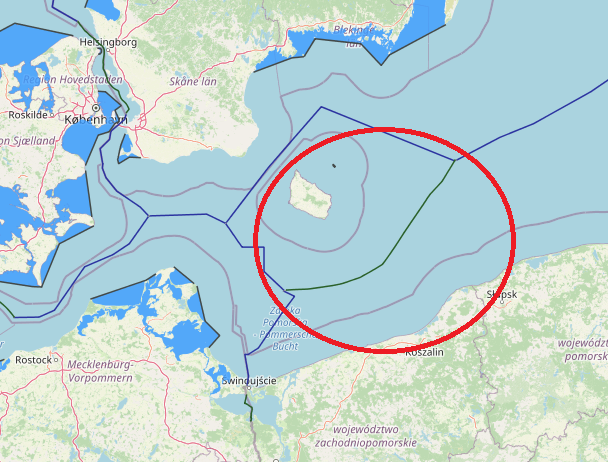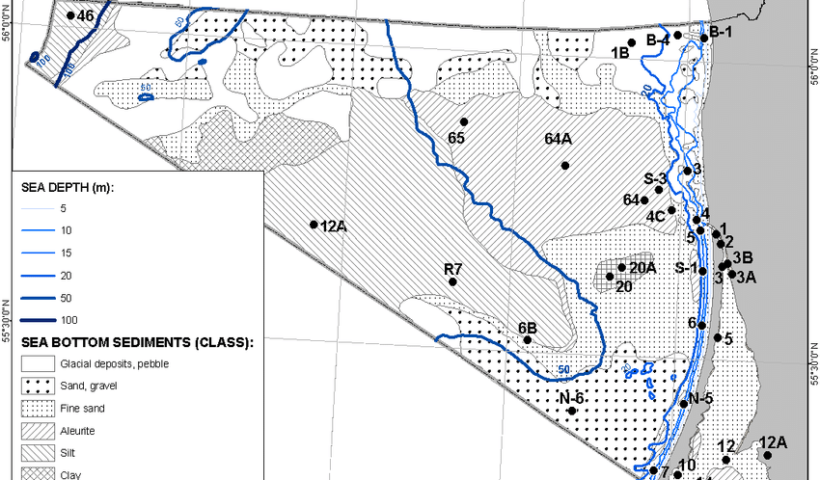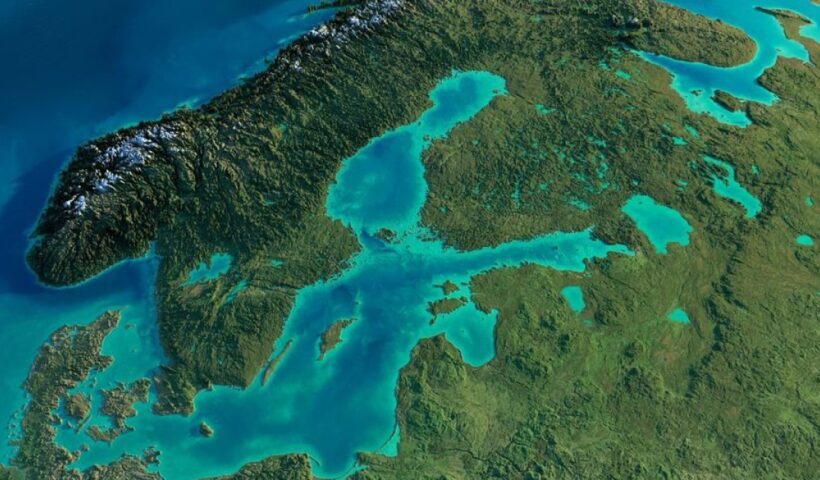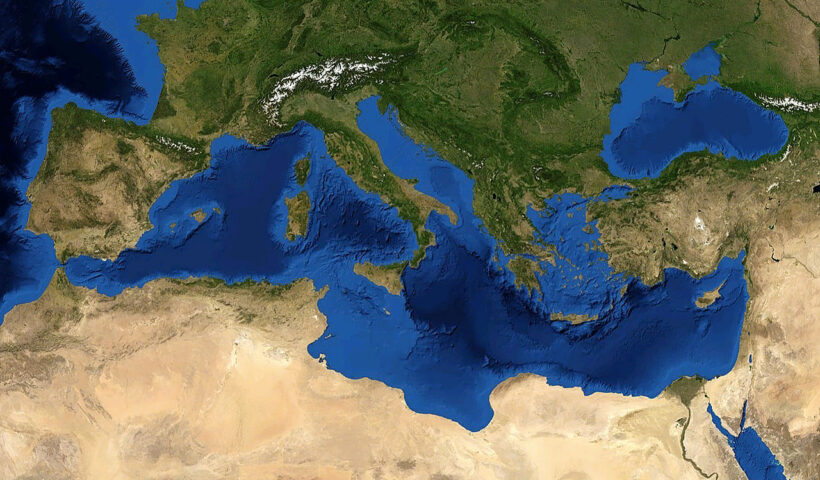The Baltic Sea, located in Northern Europe, is a region of great geopolitical significance. Surrounded by several countries, it has historically been a site of strategic importance, attracting the attention of major powers throughout history. Today, the Baltic Sea continues to be a major player in global politics, with various political, economic, and security dynamics shaping its geopolitical landscape. This article aims to analyze the geopoli tics of the Baltic Sea, exploring its historical context, current landscape, economic powerplay, security concerns, and the roles of key actors such as NATO, Russia, and the European Union.
View More Analyzing the Geopolitics of the Baltic SeaAnalyzing the Geopolitics of the Baltic Sea
IILSS 26th September 2023
Analyzing the Geopolitics of the Baltic SeaBaltic SeaCurrent Landscape: An Overview of Political Actors in the Baltic Sea RegionCybersecurity Threats: Understanding the Digital Battlefield of the Baltic SeaEconomic Powerplay: Analyzing the Role of Trade and Energy in the Baltic SeaEnvironmental Challenges: Addressing the Impact of Climate Change on the Baltic SeaEuropean Union's Involvement: Evaluating the EU's Impact on Baltic Sea GeopoliticsFuture Prospects: Predicting the Geopolitical Dynamics of the Baltic SeaGeopolitics of the Baltic SeaHistorical Context: Tracing the Evolution of Baltic Sea GeopoliticsMaritime Disputes: Investigating Territorial Claims in the Baltic SeaNATO's Influence: Assessing the Alliance's Role in Baltic Sea GeopoliticsRussia's Presence: Analyzing Russia's Objectives in the Baltic Sea RegionSecurity Concerns: Examining Military Strategies in the Baltic SeaUnderstanding the Geopolitical Significance of the Baltic Sea




